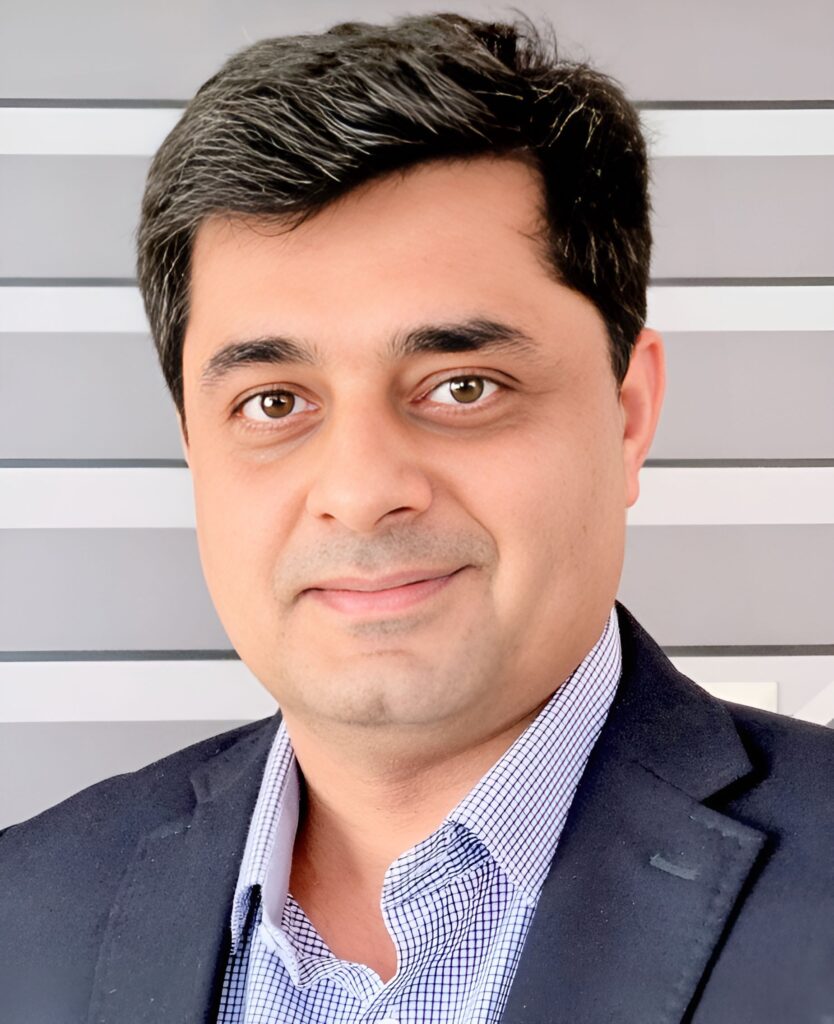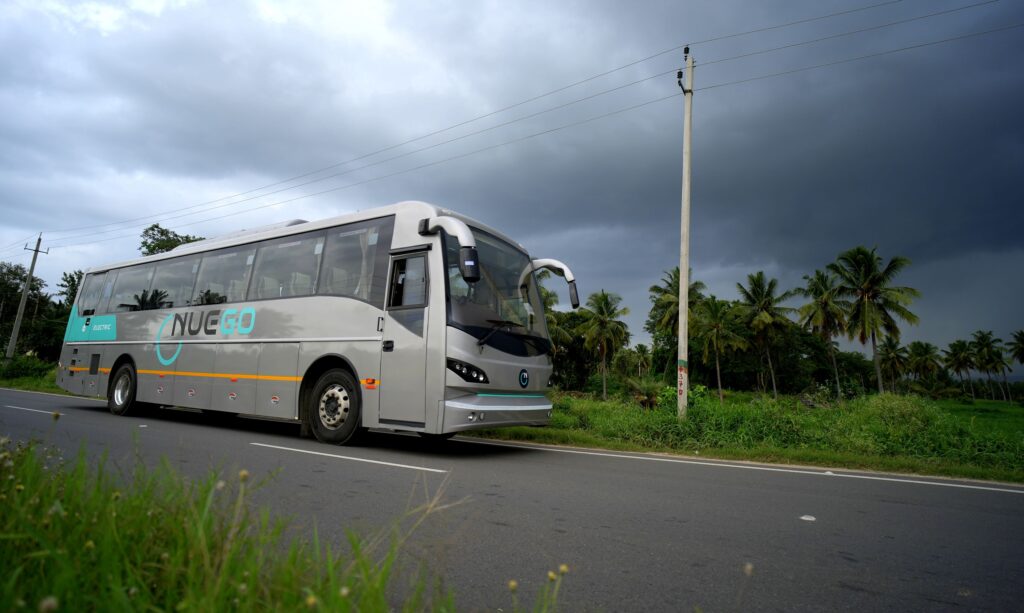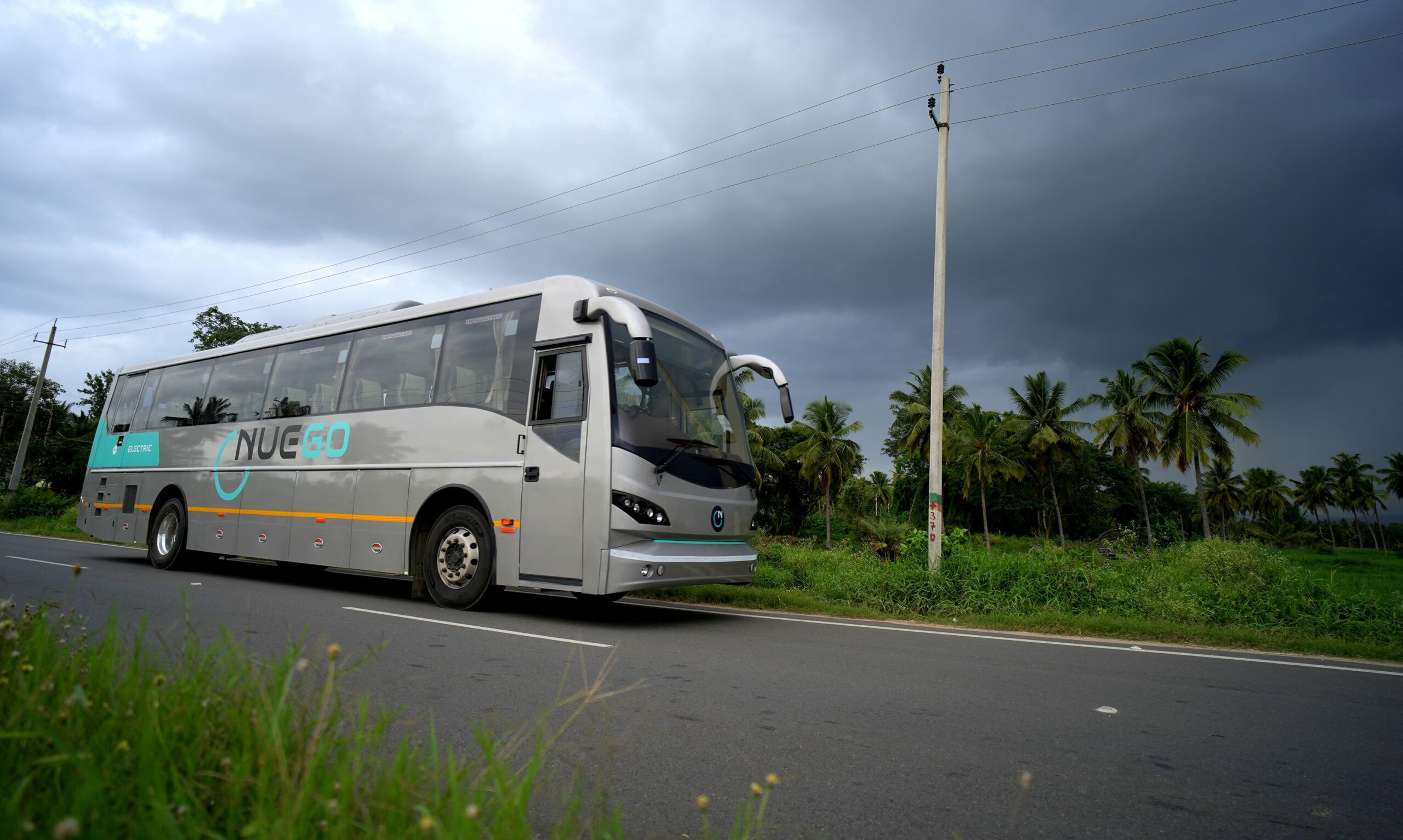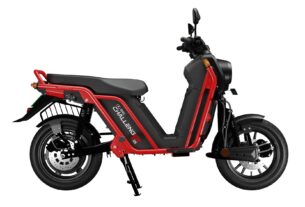
NueGo, India’s first premium intercity electric bus service, is leading a revolution in sustainable transportation. At the helm is Devndra Chawla, CEO & MD of GreenCell Mobility, the company behind NueGo. This visionary enterprise is set to redefine public transportation by providing eco-friendly and technologically advanced options to Indian travelers. In this exclusive interaction with MOTORINDIA’s N. Balasubramanian and Raghul Sivaguru, Devndra Chawla sheds light on NueGo’s journey, its commitment to green mobility, and its innovative approaches to reshaping the future of transportation.
Why was NueGo founded? What is your vision, and what do you intend to do in our country’s public transportation ecosystem?
NueGo was founded as India’s first premium intercity electric bus service with a single goal in mind: to reshape the country’s mass transportation landscape while providing Indian customers with a superior travel experience. Our primary mission is to lead the transition to a more sustainable future by providing environmentally friendly and technologically advanced transportation options. We are committed to developing Electric Mobility-as-a-Service (eMaaS), which aims to seamlessly integrate various aspects of electric mobility across government, consumer, and commercial sectors.

Regarding our strategic objectives within India’s public transport ecosystem, NueGo plans to provide cutting-edge services in several cities, featuring state-of-the-art electric buses. Our expansion plans cover a broad geographical reach to meet the growing demand for eco-conscious and comfortable transportation solutions. We’re dedicated to enhancing the overall travel experience by implementing improvements across various touchpoints, including streamlined booking processes, upscale passenger amenities, attentive guest assistance programs, advanced safety protocols, and technology-driven value-added services accessible through our mobile application.
What is the scope of electric mobility as a service in India? How has your journey been so far, and how many buses/routes do you have at present?
The market for green mobility in India is undergoing a promising shift. Consumer preferences have changed significantly as awareness and focus on sustainability have grown. The demand for electric vehicles (EVs) is rising, and we are seeing a favorable trend. GreenCell Mobility is confident about the market’s evolution and is well-positioned to capitalize on this momentum.

As part of our commitment to offering sustainable mobility options, GreenCell Mobility launched NueGo, an innovative range of electric buses designed to meet the changing demands of Indian consumers. NueGo reflects our commitment to pushing the boundaries of green transportation by providing cutting-edge technology and contributing to a positive shift in customer preferences. By integrating NueGo into our product portfolio, we aim to further enhance our presence in India’s dynamic and rapidly growing green mobility landscape.
When compared to an ICE bus, what is the savings gained by running an EV Bus on the same route (Running Cost/Carbon Footprint/Ticket Value)?
Our green transportation solutions, introduced in the past two years, have been instrumental in reducing CO2 emissions. Our electric vehicles produce significantly less carbon dioxide because they use advanced battery technology and energy-efficient systems. A complete life cycle study validated a substantial reduction in CO2 emissions compared to standard vehicles.
These improvements align with our commitment to combating climate change through tangible efforts. In support of this goal, GreenCell Mobility recently made key investments in renewable energy to power our NueGo buses. This effort underscores our commitment not just to revolutionizing the transport sector, but also to fostering a sustainable energy ecosystem.
For example, by December 2023, we avoided using 21 million liters of diesel, which is enough to fill more than eight Olympic-sized swimming pools.
Like Petrol Bunks for any ICE Vehicle, Charging Stations are vital for an EV. Barring the Public Charging Infrastructure, does GreenCell Mobility have its own set of charging stations for its vehicles? What is the charging time needed to fully charge an E-Bus? Are public vehicles allowed to use your exclusive charging infrastructure?
We recognize the obstacles to the expansion of electric mobility in India, such as a lack of charging infrastructure, range anxiety, and initial costs. To address these challenges, we work with various stakeholders, including government entities, to raise awareness, invest in infrastructure, and carry out strategic projects. We aim to overcome these hurdles through initiatives like those run by our premium intercity brand NueGo. We also want to contribute to the growth of green transportation across the country.
Regarding the use of our proprietary charging infrastructure by public vehicles, we are open to pursuing collaborations and partnerships that align with our aim to encourage green transportation. Our primary goal is to facilitate the transition to sustainable mobility, and we invite discussions with interested parties about how to use our charging infrastructure for mutual benefit.
What is the average distance traveled on a single charge by an E-Bus? With many on-board features like TPMS, CCTV, Mobile Charging, Breath Analyzer… what is their impact on the vehicle’s range?
The average distance an electric bus (E-Bus) can travel on a single charge depends on bus size, battery capacity, and operating conditions. For example, a 12-meter bus with electric heating can travel 1 to 1.4 kilometers per kilowatt-hour (kWh) of electricity, while an 18-meter bus with a 350 kWh battery may travel 190 to 210 kilometers. On-board amenities like tyre pressure monitoring systems (TPMS), CCTV, mobile charging, and breath analysers can impact vehicle range. These features draw power from the battery, which can reduce overall range, although the magnitude of the impact varies depending on their power consumption.
Despite these factors, NueGo’s E-Bus can drive up to 250 kilometers on a single charge, even with the air conditioners running in traffic. This illustrates the potential of electric buses in public transport. Driving behavior and conditions, such as speed, traffic, and road grade, can significantly affect an E-Bus’s range. Aggressive or high-speed driving increases power consumption and shortens the range, while gentle and moderate driving helps maximize it.
With the battery pack already placed on the floor of the bus, does having a sleeper and seater configuration on your E-Bus pose any challenges in terms of design and optimization of cabin space?
Our priority is to provide guests with a seamless travel experience. By strategically placing the battery pack on the bus floor, we’ve optimized cabin space to accommodate both sleeper and seater configurations with minimal challenges. The drive train and core architecture remain consistent across both setups, unaffected by the above-floor configuration. This consistency ensures a safe and comfortable cabin environment, allowing guests to enjoy their journey without disruption.
How do you handle the service and maintenance of your vehicle fleet? What kind of infrastructure do you have in place for the same?
Maintaining our buses in top condition is crucial to providing reliable, hassle-free service to our guests. That’s why we’ve established a network of state-of-the-art maintenance depots, custom-built to handle the unique needs of our fleet. These depots are fully equipped with specialized facilities, including inspection pits, repair stations, and automated washing systems, providing a comprehensive service center for all maintenance needs.
We’ve strategically placed these depots across key regions, creating an efficient hub-and-spoke system. This setup ensures no area is underserved, allowing our mechanics to quickly perform timely inspections, swift repairs, and proactive upkeep. This way, our fleet remains road-ready, delivering a smooth, reliable experience for our guests trip after trip.
With our specialized maintenance network in place, we can focus on what truly matters—getting our riders to their destinations safely and on time, every time.
How has the reception been for rescheduling tickets, baggage policy, lounge access, mobile app, and discounts among your customers? Do your customers prefer your app or website to book tickets?
Our guests are at the heart of everything we do, and the overwhelmingly positive response to our services speaks volumes. One standout feature is the flexibility to reschedule tickets—not just across days but also within the same day’s schedules. This kind of convenience makes a real difference in their travel experience.
Additionally, our NueGo lounges in cities like Delhi, Indore, Hyderabad, and Jaipur offer a premium experience to our travelers. These lounges feature plush seating, free high-speed Wi-Fi, abundant charging stations, pristine washrooms, and a variety of food and beverage options. It’s the perfect place for guests to relax while waiting for their bus.
Our app has become the preferred booking platform, with a 60:40 split in favor of mobile bookings. This trend reflects the strength and resonance of the NueGo brand among our customers.
What more do you think is expected from different stakeholders in the industry (government/ policy makers, guests, etc.), to promote electric public transport in the country?
To truly advance electric transportation, it’s crucial for everyone involved to step up. Governments and policymakers can provide greater incentives for manufacturing and purchasing electric vehicles, accelerate the construction of charging stations, and streamline the approval of green projects. A clear regulatory framework that fosters innovation and investment would significantly boost the industry’s growth.
What are your medium- to long-term growth plans? What are your plans and targets to scale up your fleet and services across the country in the coming years?
Our medium- to long-term growth plans focus on expanding across India. We’re targeting areas with large city populations and seeking to raise awareness about electric mobility. We plan to set up charging stations in key locations and collaborate with local governments. Additionally, we aim to build strong ties with local communities through franchise partnerships and collaborations, thereby extending our reach. By engaging with people at the grassroots level, we hope to make our services accessible nationwide.
Our goal for the next three years is significant expansion, offering more buses on various routes and reaching a broader customer base.



